Lily of the valley isn’t just a beautiful flower, it is also a symbol of spring and is shared at the beginning of May.
Lily-of-the-valley facts list
Name – Convallaria
Family – Asparagaceae
Type – herbaceous perennial
Height – 6 to 10 inches (15 to 25 cm)
Exposure – part sun, shade
Soil – rich, well drained and humus-rich
Planting – Fall
Flowering – April-May
Harvest – 1st of May!
Caring for this plant from planting to blooming is child’s play and truly brings smiles to our faces when it starts to bloom!
Planting lily of the valley
Lily of the valley can be planted in fall in areas with mild winters. But this will definitely not guarantee that you’ll have blooming right from the first spring…
You can also plant at the beginning of spring, towards March, after the last frost spells have ebbed away.
- Plant the lily of the valley bunches, just barely burying the roots in such a way that the bud sticks out from the soil.
- Lily of the valley doesn’t grow well if planted too deep.
- Plant the lily of the valley in small clusters to produce a carpeting effect that is lovely.
- An estimate of about 15 to 20 stems to a square yard (1 m²) is perfect.
If you’re planting your lily of the valley in shaded areas like forest underbrush, you’ll be happy to see it propagate and spread to cover bare space.
- Lily of the valley requires rich and cool soil.
- Growing under trees in a forest is where lily of the valley is happiest.
- Provide compost if needed.
Planting lily of the valley in pots
If you’ve just purchased or received a little pot with cute lily of the valley, it is possible to transplant it to the ground after the blooming.
- If your lily of the valley is happy where you’ve set it, it will propagate on its own like a ground-covering carpet over the years.
Caring for lily of the valley
Lily of the valley doesn’t call for much care. Perhaps just water in case of dry spell or strong heat wave.
- Lily of the valley loves cool soil, remember that.
- Water in the evening if the soil is dry.
- Avoid watering the foliage too much, especially in times of high temperatures.
Learn more about lily of the valley
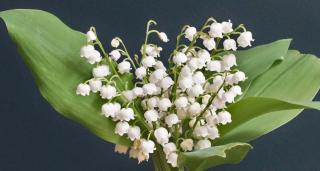
They succeed in speeding or delaying the blooming by dealing the plant more or less light, so they’re generally able to match market expectations!
In a forest, which is its natural habitat, lily of the valley is a key marker of how old and untouched the forest is.
Why lily of the valley is sought after on the 1st of May
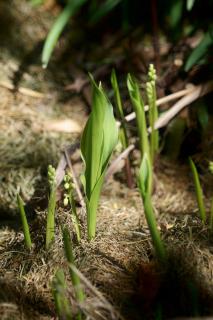
This is particularly true in France. Tradition says it draws back to the Renaissance, when Charles the IXth offered a stem of flowers to each of the ladies in the high court. This tradition spread throughout the kingdom.
Labor day, also celebrated on May 1st, arrived much later: it appeared in 1793 when French revolutionaries sought to replace older customs with events unrelated to the past. Since the giving of flowers was pursued, they were linked to the new event.
But the connection of lily of the valley to Labor day was lost until the recent 20th century.
The city of Nantes is when the tradition was recovered and selling lily of the valley in streets with no tax or permit was allowed specifically on that day.
Today, most of the European lily of the valley is produced in Nantes and the surrounding areas.
Smart tip about lily of the valley
Avoid full sun because lily of the valley loves cool soil and that is always available in shaded spots!

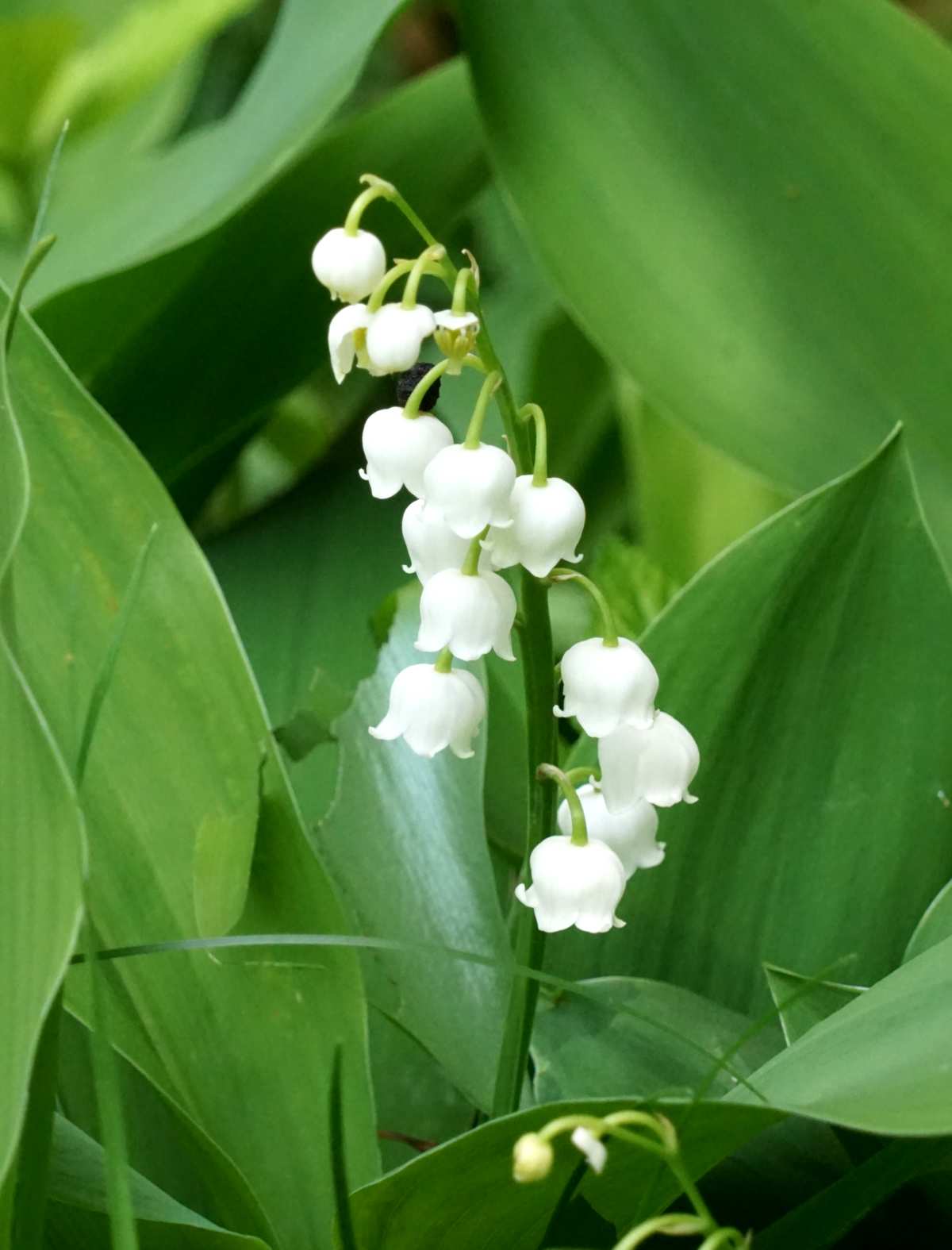
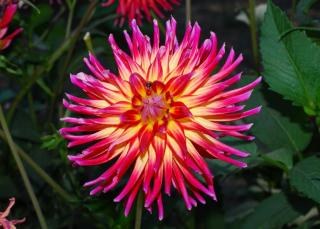
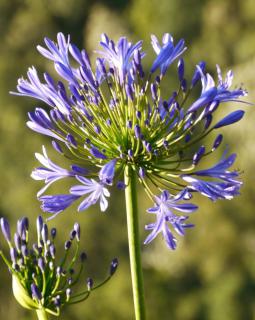
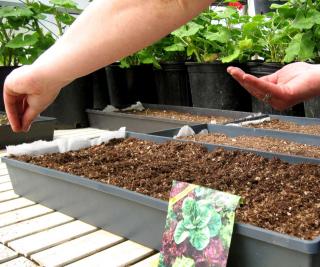
I have a question
Ask my questionI'd like to comment
Post a comment